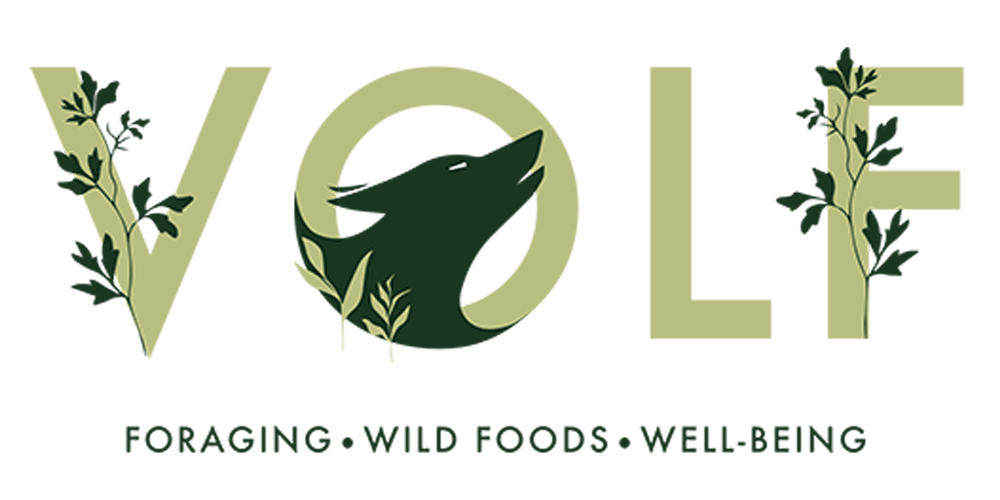Flowering Currant
How To ID Me And What I’m Good For?
My ID Features:
Flowers
Leaves
Bark
In Situ
Incredible for infusions!
Flowering Currant
Latin Name - Ribes sanguineum.
Common Names - Flowering Currant, Redflower Currant, Red-Flowering Currant, Red Currant, Blood Currant.
Family - Grossulariaceae (currant family).
Season - Spring & Summer.
Edible bits - Flowers, Leaves & Fruits.
Habitat - Flowering currant is an ornamental plant that is hugely popular in gardens and parks. Though it has naturalised in the UK in the wild. Most commonly found in woodland and hedgerows outside of its urban environments.
Possible Confusion - Other members of the currant family. Though none of these have a similar display of beautiful pink flowers.
Description - A native shrub of American continent, it is now naturalised within the UK. It’s a very hard plant to explain in terms of flavour as everyone seems to get different notes from them. The leaves have a herbaceous smell to them somewhat reminiscent of thyme and sage with an added resinous sweetness. Personally we’re not a huge fan of the leaves raw, but with infusion (especially with oils), they are amazing!
The flowers are undoubtedly the star of the show. They also hit on those herbaceous notes. But, with a much higher level of sweetness and floralilty. They make an excellent cordial and lend themselves particularly well to ferments.
The berries which form later in the season, whilst edible, aren’t really anything to shout about. You’d be much better of finding other berries in the Autumn.
There are two subspecies of Flowering Currant. Ribes sanguineum var. sanguineum & Ribes sanguineum var. glutinosum. Both of which we can find in local parks here in Dorset.
Physical Characteristics - Flowering Currant grows to around 3 metres high and wide. With many stems protruding from the ground. The bark is a greyish colour, sometimes red in infancy. Flowering Currant has Lobed palmate leaves with a sweet sage/thyme like smell when rubbed or crushed. Dangling panicles of flowers resemble a bunch of grapes before opening. The individual flowers can be red, pink or white and have five petals. The Fragrance of flowers themselves are sweet sage/thyme like, they aren’t as strong as the leaves. The flowers are followed by insipid berries that mature to a dark purple with a grey cast on their surface.
Medicinal Qualities - None known to us.
Harvesting Sustainability - Only take what you need. Harvest a few flower heads from each plant. This is an important plant for pollinators.
Saftey Note - Be careful to pick away from human or animal contaminants.
Never munch on a hunch! Volf takes no responsibility for anything consumed.






